Last Updated on 2 years by admin
A Korean temple stay is an incredible program set up by the Culture Corps of Korean Buddhism with the intend to elevate Korean Buddhism to the world. This brilliant plan allows you to encounter a temple stay in Korea, which is surely a novel encounter you will not discover in different nations. A Temple stays in Korea will allow you an unmissable opportunity to encounter the existence of Korean Buddhist priests. Besides, you’ll have the option to participate in services not open to the general population, talk with Buddhist priests, and even stay for the time being in the sanctuary.
What is a Temple Stay?
The temple stays, which is called sachal, sawon, or garam in Korean, is where Buddhist priests go through rigorous preparation and administer strict ceremonies for Buddhist admirers. A sanctuary is viewed as the place that is known for Buddha, and accordingly, not quite the same as the human world.
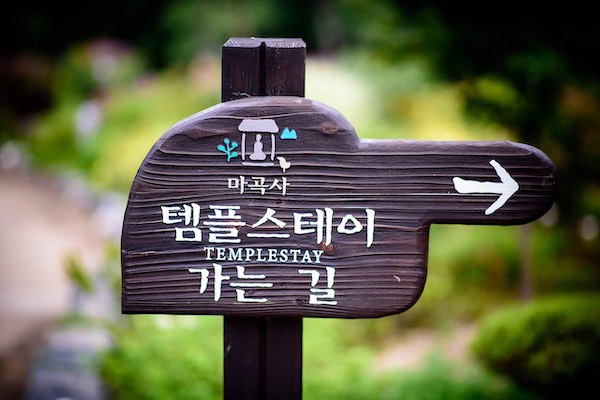
Korea has had tall pagodas made of wood, and there are some made of blocks or stone slices to resemble the block of China. However, the original pagoda is made of stone and usually is simply ten to fifteen feet tall. Without a doubt, there is a pagoda in the primary patio, of the few patios, at a sanctuary complex.
The idea had its introduction to the world in the year 2002 during the World cup. At the point when the game was on, the priests opened the sanctuary doors for both the Korean and non-Korean games sweethearts. Hereafter the Jogye Order of Buddhism announced the long-lasting system of Korean Temple Stays.
You probably won’t know however, Korean Buddhism has a past filled with over 1,000 years. Their devout life and the uncommon Korean sanctuary design can assist anyone with accomplishing internal quiet or true serenity. On the off chance that you are searching for some quietness or nourishment for the spirit, you should look at these seats of profound sustenance at this moment. Thailand sanctuary stays are additionally a choice nowadays; however, nothing beats this Korean Temple Stays.
Typical Temple Stay Program in Korea
The sanctuaries offer various rehearsing techniques, including Yebul, Chamseon (Zen contemplation); Dahdoh (tea function); and Balwoo-Gongy. The priests accept every member who can discover their “actual self” inside the congruity of nature and the sanctuary way of life. Temple stays are accessible in a little more than 40 sanctuaries all through Korea. Yongmunsa Temple is popular for its 1,100 year-old ginkgo tree, is a two-hour drive from Seoul and helpfully got to by open transportation.
Numerous sanctuaries take gatherings and give private quarters restrooms. A common sanctuary timetable would incorporate sitting reflection followed by a meeting with the instructor, trailed by strolling contemplation followed by some fascinating movement like tea functions, light making, or calligraphy, till the evening talk. The significant meal of the day is taken before early afternoon peacefully for the better enthusiasm for what is consumed. Various sorts of tofu are steamed, seared, or aged. Also, vegetables are new and plentiful, accentuated by the always present acridity of kimchi and built up by the crunchiness of dark rice.
Types of Temple Stays in Korea
Usually, there are three types of temple stays in South Korea, and there are some temples that offer all the three types while some offer only one.
One-Day Temple Stay
It’s a program that is perfect for tourists who are looking to experince the temple stay without any overnight stay. If you are short on time, this type of program will be ideal. It can include a temple tour, meditation, or even conversations with monks over traditional tea. The exact program varies from temple to temple.
Experiential Temple Stay
In this type of temple stay, the programs vary depending on the temple, number of participants, and even the season. Usually, it involves several Buddhist cultural experiences such as monastic meals, visiting cultural sites around the temple, temple etiquette, and much more.
Recuperation Temple Stay
This program aims to relax your body and mind while staying at the temple. Tourists can break away from their daily routine and recharge and refresh your soul through meditation and Buddhist traditions.
Some Excellent Temple Stays in Korea You Must Visit
1. International Seon Center Temple stay
The International Seon Center offers a worldwide sanctuary stay program to both neighborhood inhabitants and unfamiliar guests. The Seon Center provides a wide range of Temple Stay programs that you can browse, and it likewise offers contemplation classes, culture classes, and sanctuary food addresses.
2. Myogaksa Temple Stay
Found east of Naksan Mountain, Myogaksa Temple has been working its Temple Stay programs beginning around 2002. Myogaksa sees a developing number of unfamiliar guests and Temple Stay members consistently. Here, you can decide to remain for one day, two days, and an evening, or a particular program that keeps going as long as ten evenings.
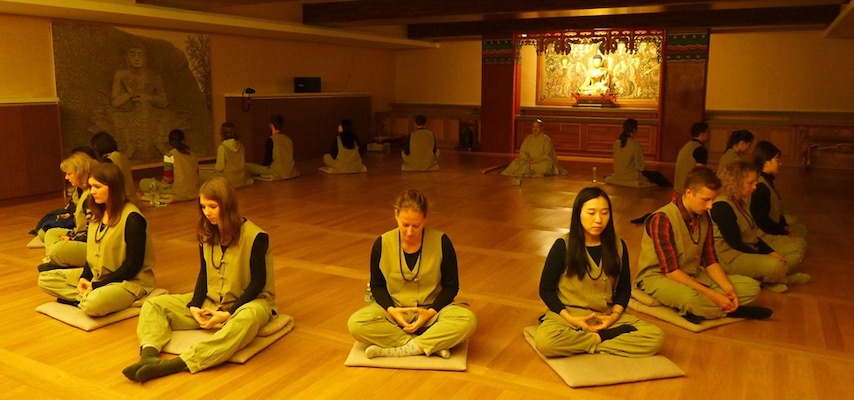
3. Jogyesa Temple Stay
Situated in the core of Seoul, Jogyesa Temple offers the novel experience of a Temple Stay in the core of the clamoring city of Seoul. The Jogyesa Temple is one of the fundamental sanctuaries in South Korea and the region head sanctuary of the Jogye Order of Seoul. Jogyesa’s Dharma Hall has talks and services the entire year. As of late, Jogyesa added the “sanctuary life” program to its generally existing sanctuary stay programs. “Sanctuary life” intends to show its diverse scope of guests about the profound worth of Buddhism and offers a chance for members to banter straightforwardly with priests living as Buddhist specialists.
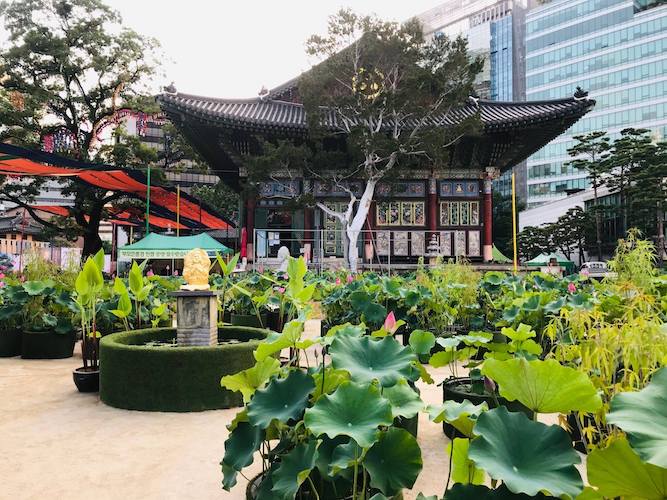
4. Beomeosa Temple Stay
Situated at Geumjeongsan Mountain in Busan, Beomeosa Temple is one of the three significant sanctuaries in the Yeongnam locale. Guests can pick two unique sorts of sanctuary stay programs at Beomeosa, for example, the experience program and the unwinding program. The experience program centers around Chamseon (Zen Meditation) and incorporates Yebul (Ceremonial Service) and Dado (Tea Ceremony). In the unwinding program, guests can decide to either encounter Chamseon (Zen Meditation) or register to discuss with a sanctuary priest over some tea.
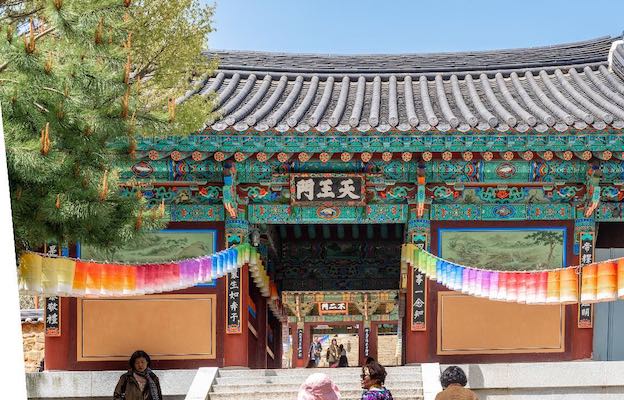
5. Bulguksa Temple Stay
Recorded as a UNESCO Heritage Site in 1995, Bulguksa Temple is home to numerous significant social relics. The Temple Stay program presented at Bulguksa permits members to find out with regards to Buddhist culture during Korea’s Silla Kingdom. Here, you can take part in exercises like daytime reciting, Chameleon (Zen Meditation), Dado (Tea Ceremony), and visits around the recorded pagodas of the sanctuary.
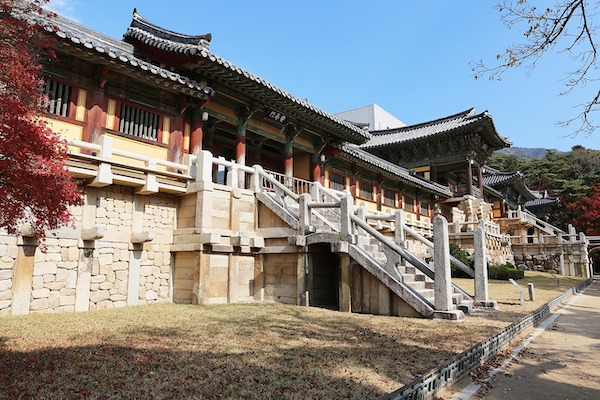
11,176 total views, 1 views today

















